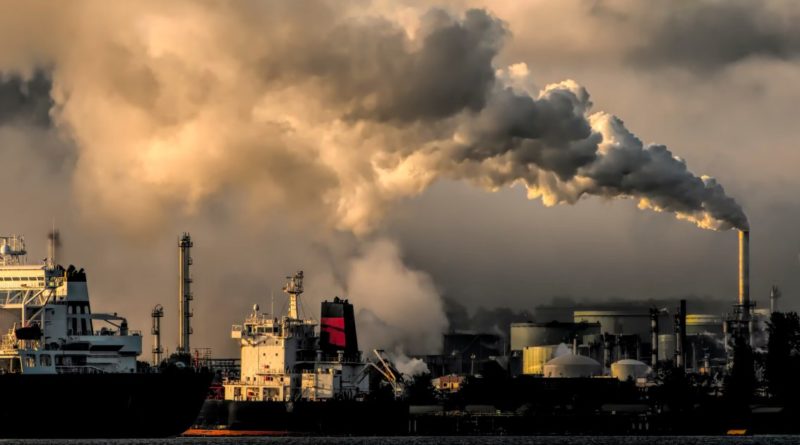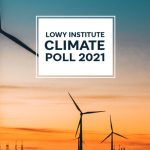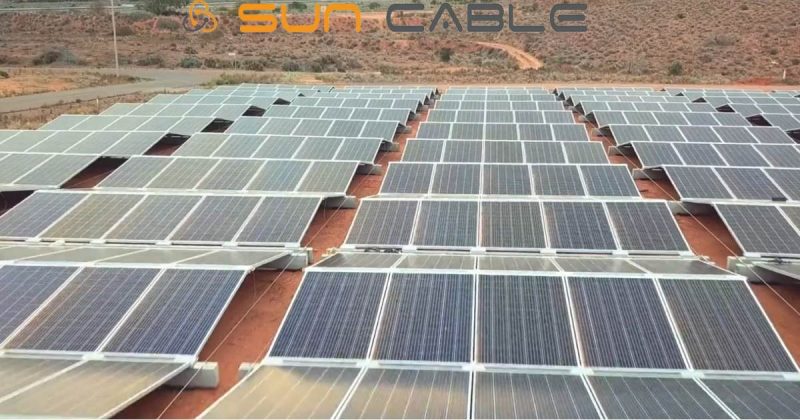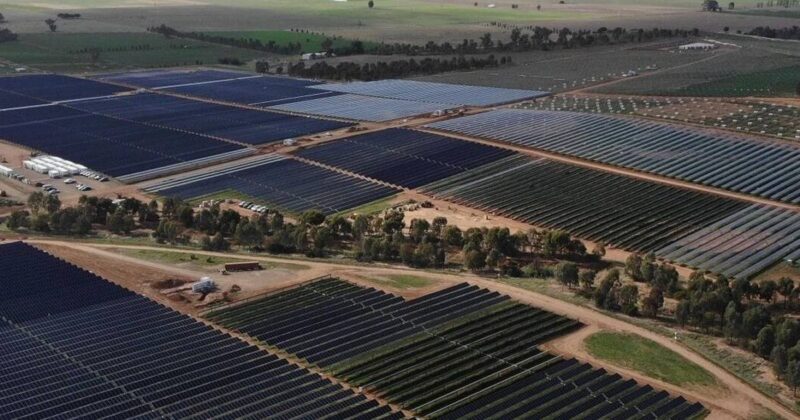IPCC: Humanity At A Crossroads On Emissions
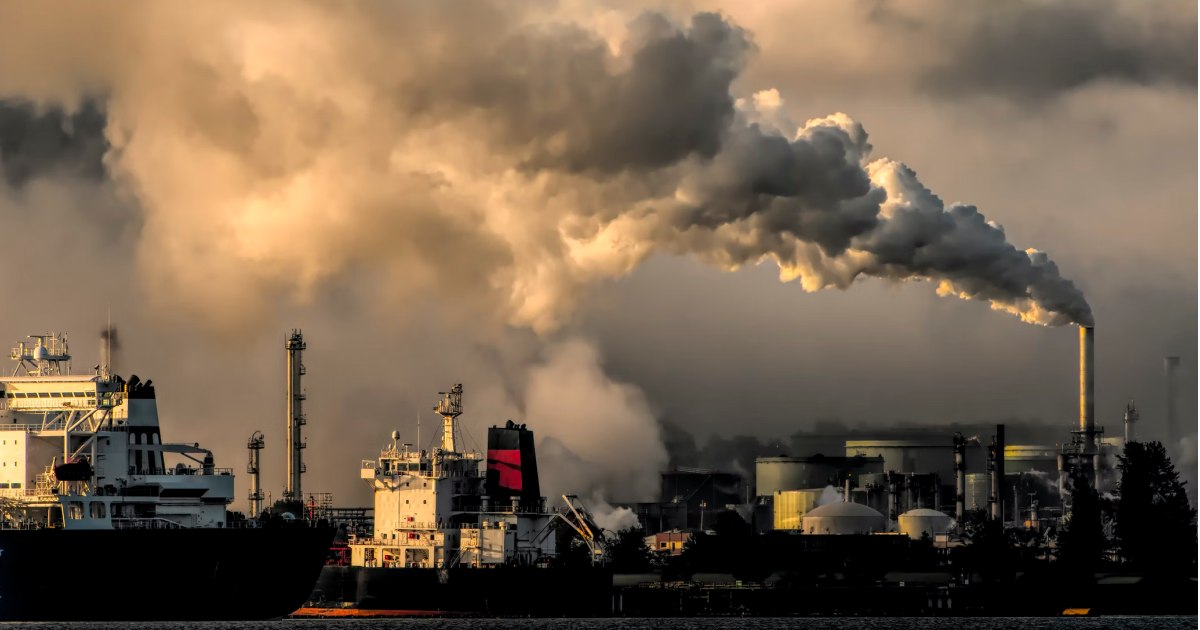

Without immediate and deep emissions reductions across the board, limiting global warming to 1.5°C will be beyond humanity’s reach says a new IPCC report.
The latest Intergovernmental Panel on Climate Change’s Working Group III (WG III) report released last night indicates it’s a “now or never” moment if global warming is to be limited to 1.5°C. This means achieving net zero carbon dioxide emissions globally in the early 2050s, and for a less ambitious 2°C, this will need to occur in the early 2070s.
2070’s? That seems a really long way off and plenty of time to faff about. But this still requires global greenhouse gas emissions to peak before 2025 at the latest, and be reduced by 43% by 2030. That makes the challenge rather more daunting and even achieving the 2°C target means plenty of climate change related woes in store.
But it’s not all bad news.
“We are at a crossroads. The decisions we make now can secure a liveable future,” said IPCC Chair Hoesung Lee. “We have the tools and know-how required to limit warming.”
These decisions involve substantial reduction in fossil fuel use, broad electrification, enhanced energy efficiency, and use of alternative fuels such as hydrogen. The report indicates wind and solar energy can provide the biggest potential reductions to greenhouse gas emissions through pushing out fossil fuels. It also notes solar PV is increasingly competitive with other forms of electricity generation and is the low-cost option in many applications.
“In many parts of the world, the cost of electricity from PV is below the cost of electricity generated from fossil fuels, and in some, it is below the operating costs of electricity generated from fossil fuels (high confidence).”
While progress has been made, the report states:
“Emissions reductions in CO2 from fossil fuels and industrial processes, due to improvements in energy intensity of GDP and carbon intensity of energy, have been less than emissions increases from rising global activity levels in industry, energy supply, transport, agriculture and buildings.”
The press release regarding the report notes financial flows are a factor of three to six times lower than levels needed by 2030 to limit warming to even below 2°C – but this can be addressed with clear signalling from governments and the international community.
Meanwhile, Back At The Australian Coal Ranch …
Australia has a bunch of experience in exporting climate change related misery to the world in the form of fossil fuels. It’s often said Australia’s contributions to greenhouse gas emissions are minuscule, but often forgotten is what we export.
The Resources and Energy Quarterly for March 2022 indicates while Australian thermal coal exports dropped from 213 million tonnes in 2019–20 to 192 million tonnes in 2020–21, this is expected to recover back to a 204–207 million tonne range over 2021-22.
Like a drug dealer in territory where competition is somewhat limited, we’re really cashing in at the moment. Surging prices are expected to push our thermal coal export values to a peak of $45 billion in 2021–22.
Another impact of Putin’s invasion of Ukraine is the expected delay of some coal power station closures and may lead to some closed plants being temporarily re-opened. Still, the bigger picture for coal power isn’t particularly rosy – and that’s good news. But whether it will happen fast enough to help prevent us falling over the climate edge remains to be seen, and is why pressure needs to be kept up – because who knows what’s going to happen next?
Original Source: https://www.solarquotes.com.au/blog/ipcc-climate-report-mb2421/

